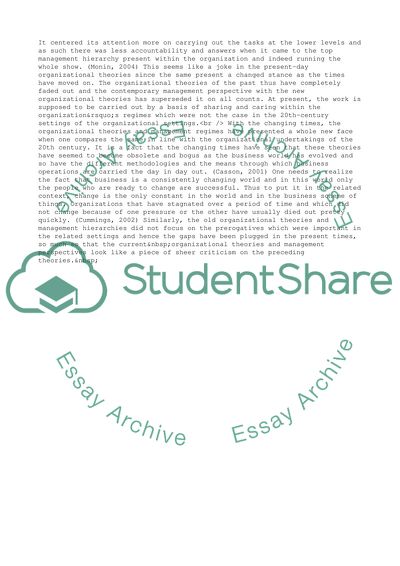Cite this document
(Organizational Theories and Management Term Paper, n.d.)
Organizational Theories and Management Term Paper. Retrieved from https://studentshare.org/management/1710045-discuss-the-ways-in-which-contemporary-organizational-theories-can-be-read-as-a-criticism-of-organizational-theories-developed-in-the-course-of-the-20th-century
Organizational Theories and Management Term Paper. Retrieved from https://studentshare.org/management/1710045-discuss-the-ways-in-which-contemporary-organizational-theories-can-be-read-as-a-criticism-of-organizational-theories-developed-in-the-course-of-the-20th-century
(Organizational Theories and Management Term Paper)
Organizational Theories and Management Term Paper. https://studentshare.org/management/1710045-discuss-the-ways-in-which-contemporary-organizational-theories-can-be-read-as-a-criticism-of-organizational-theories-developed-in-the-course-of-the-20th-century.
Organizational Theories and Management Term Paper. https://studentshare.org/management/1710045-discuss-the-ways-in-which-contemporary-organizational-theories-can-be-read-as-a-criticism-of-organizational-theories-developed-in-the-course-of-the-20th-century.
“Organizational Theories and Management Term Paper”, n.d. https://studentshare.org/management/1710045-discuss-the-ways-in-which-contemporary-organizational-theories-can-be-read-as-a-criticism-of-organizational-theories-developed-in-the-course-of-the-20th-century.


